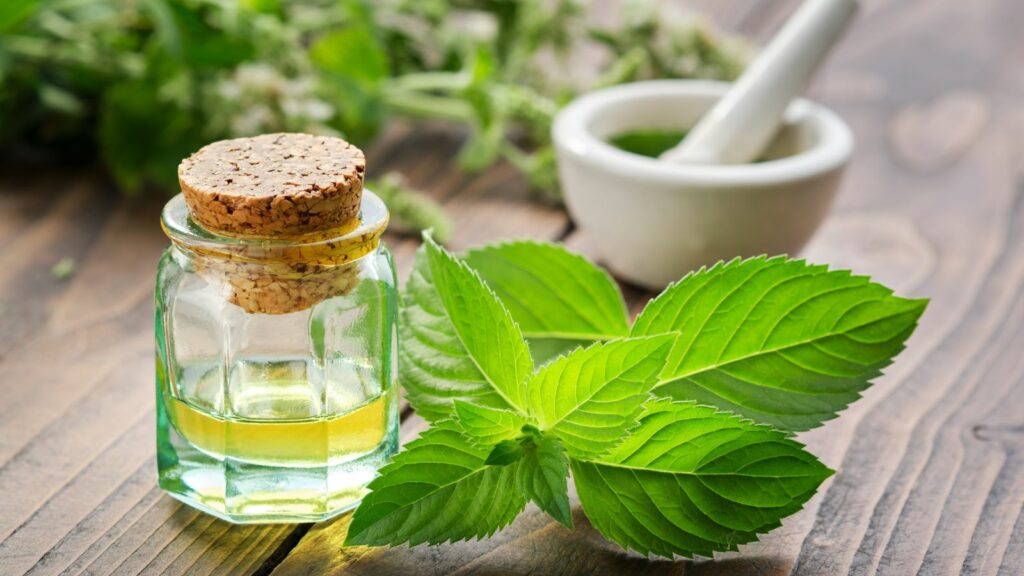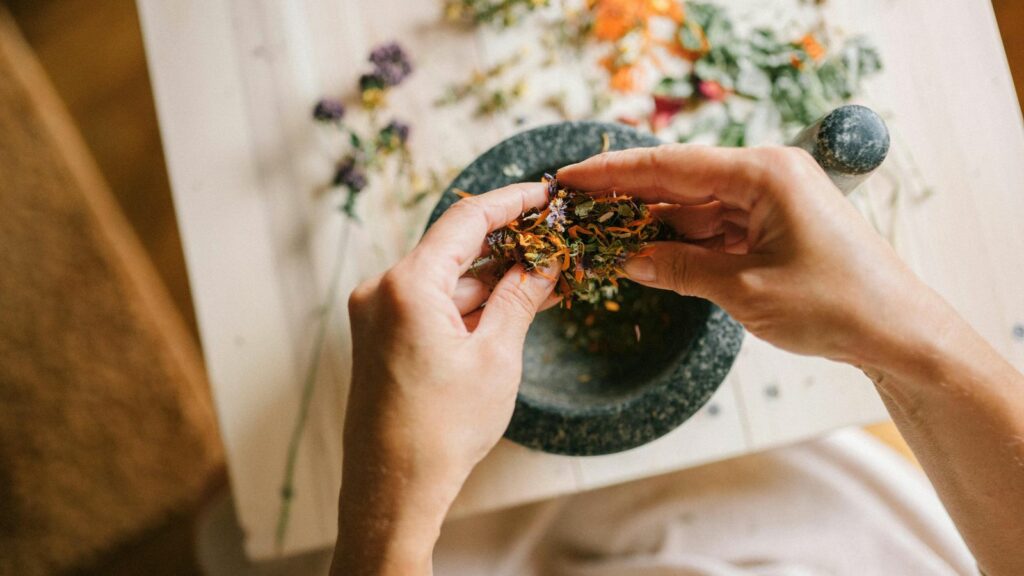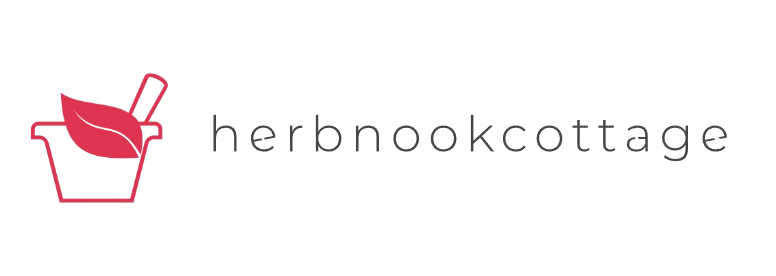
Building An Authentic Herbal Brand: Tips For Standing Out In A Crowded Wellness Market
The wellness industry is booming. From herbal teas to natural skincare, countless brands are tapping into the power of plants to promote better health and well-being. But with the surge in popularity comes saturation. In a sea of green labels and holistic promises, how can an herbal brand stand out and build lasting trust with its audience?
The answer lies in authenticity — and it must be more than just a marketing buzzword. For a brand to resonate in today’s market, it needs to be deeply rooted in purpose, transparency, and true value. Here’s how to build an authentic herbal brand that not only captures attention but also cultivates a loyal community.
1. Start With A Clear Purpose
Every successful brand begins with a strong “why.” Your herbal brand should be founded on a mission that goes beyond selling products. Are you passionate about preserving traditional herbal knowledge? Do you want to make wellness more accessible to underserved communities? Or are you focused on sustainability and ethical sourcing?
Clearly define your purpose and let it guide every decision — from product development to marketing campaigns. Consumers today are savvy and value-driven. When your purpose aligns with their beliefs, they are more likely to support your brand and become advocates.
2. Source Ethically And Transparently
Trust is the foundation of authenticity. In the herbal world, this means being crystal clear about where your ingredients come from and how they are processed.
Partner with ethical growers and prioritize organic, non-GMO herbs. Consider fair-trade sourcing if you’re working with international suppliers. Share your sourcing practices on your website and social media — not just as a sales pitch, but as a story worth telling.
Transparency also extends to labeling. Avoid vague terms like “natural” and instead provide detailed information on your ingredient lists. If your product contains ashwagandha root, specify the type, origin, and extraction method. These details matter to informed consumers.
3. Create Educational Content
An herbal brand isn’t just selling products — it’s selling knowledge. Many consumers are curious about herbs but may not know where to start. Providing value through education builds credibility and positions your brand as a trusted resource.
Start a blog or YouTube channel to share informative content. Topics might include how to use specific herbs, the science behind herbal remedies, or tips for integrating natural wellness into daily life. Visual content can be especially engaging, and tools like a video editor can help you produce professional-quality videos without investing heavily upfront.
Also, consider creating downloadable guides, hosting webinars, or collaborating with herbalists and wellness experts for interviews. The more you empower your audience with knowledge, the more they’ll rely on your brand for guidance.

4. Embrace Storytelling And Cultural Context
Herbs have rich histories rooted in culture and tradition. Incorporate storytelling into your brand to honor these origins and create a deeper emotional connection with your audience.
For example, if your brand features turmeric, explore its significance in Indian Ayurvedic traditions. If you use elderberry, discuss its history in European folk medicine. This approach not only honors the source cultures but also adds layers of meaning to your product offerings.
Be mindful, however, to approach this storytelling with respect and sensitivity. Avoid cultural appropriation by giving credit to indigenous practices and, if possible, collaborating with communities or experts who have traditional knowledge of the herbs you use.
5. Use Clean, Consistent Branding
In a crowded market, your brand’s visual identity must quickly communicate your values and aesthetic. Choose a clean, nature-inspired color palette and use consistent fonts, packaging styles, and imagery that evoke calm, trust, and wellness.
Sustainable packaging can also reinforce your brand’s values. Choose recyclable or biodegradable materials and clearly label them. Even small details like handwritten labels, botanical illustrations, or earthy textures can enhance your authenticity.
Consistency across all platforms — website, social media, emails — helps reinforce brand recognition and build trust over time. Don’t forget the tone of voice. Whether your brand is warm and nurturing or modern and minimalistic, maintain a cohesive voice across all touchpoints.
6. Build A Community, Not Just A Customer Base
Authentic brands create relationships, not transactions. Focus on community-building strategies that make your customers feel seen, heard, and appreciated.
Engage with followers on social media by responding to comments and sharing user-generated content. Host live Q&A sessions or in-person herbal workshops to connect directly with your audience. Invite feedback and use it to refine your products and messaging.
Consider creating a loyalty program or offering early access to new products for long-term customers. When people feel like they’re part of something bigger — a movement toward holistic health, sustainability, or empowerment — they’re more likely to stay invested.
7. Leverage Technology With Purpose
While authenticity is often associated with tradition, embracing modern tools can amplify your message. Use e-commerce platforms that allow you to showcase your story visually and functionally. Invest in high-quality photography to highlight your products in a clean, appealing way.
Additionally, consider using a video maker app to craft short, shareable clips for social media. These can include tutorials, behind-the-scenes moments, or founder messages that reinforce your brand’s personality and values. Short-form video content is currently one of the most engaging formats online and a great way to humanize your brand.
Make sure your tech choices support — not distract from — your core values. Whether it’s through email automation, personalized recommendations, or seamless mobile experiences, the goal is to enhance the customer journey authentically.

8. Be Patient And Stay True To Your Roots
Finally, remember that building an authentic herbal brand takes time. Resist the urge to follow fleeting trends or compromise your values for short-term gain. Instead, stay grounded in your mission, listen to your community, and keep refining your approach.
Truly authentic brands don’t need to shout to be heard — their integrity speaks volumes. By offering quality products, educating your audience, and maintaining transparency at every level, your herbal brand can stand tall in a crowded market.
Conclusion
In the rapidly evolving wellness industry, authenticity is your most valuable currency. By focusing on ethical sourcing, thoughtful storytelling, and meaningful community engagement, you can create an herbal brand that not only stands out — but stands the test of time. The path to success isn’t paved with gimmicks, but with genuine care, clear purpose, and a commitment to doing things the right way.
